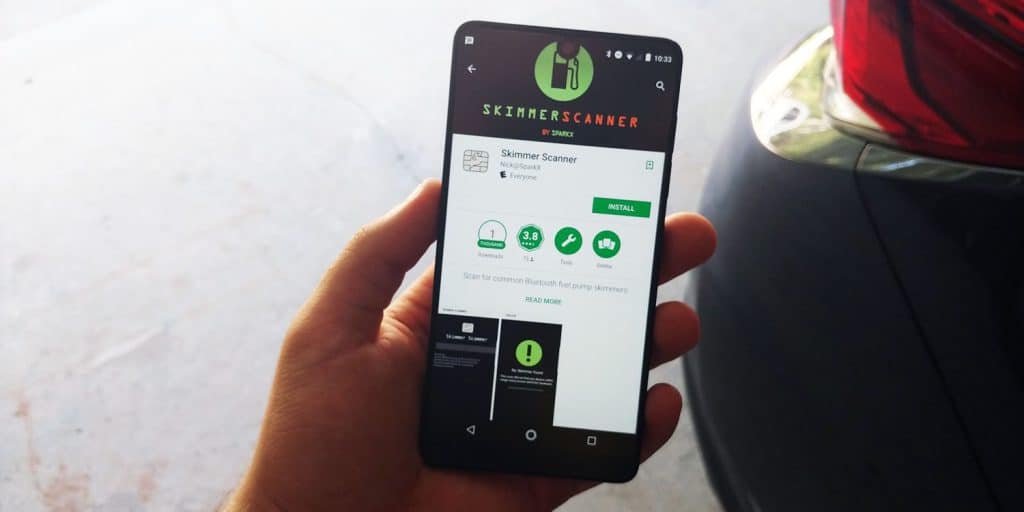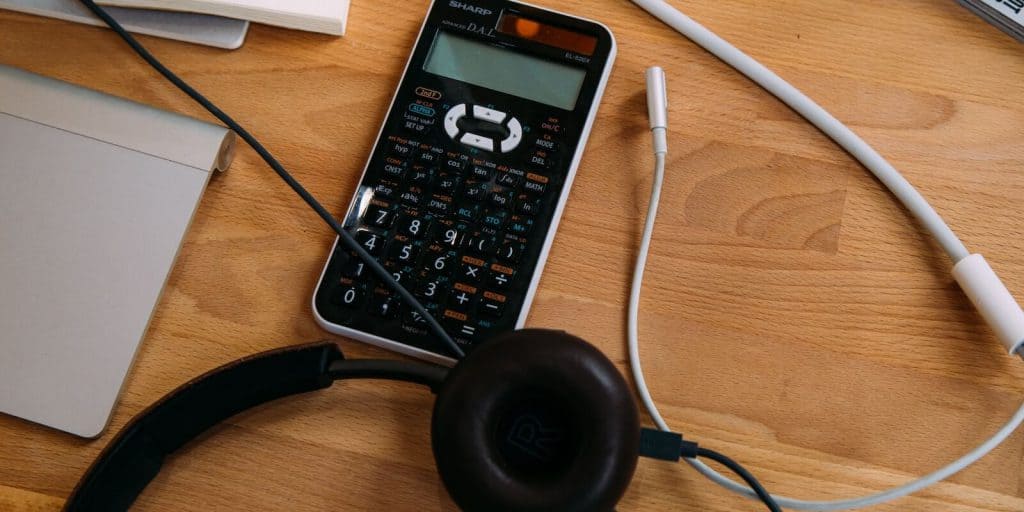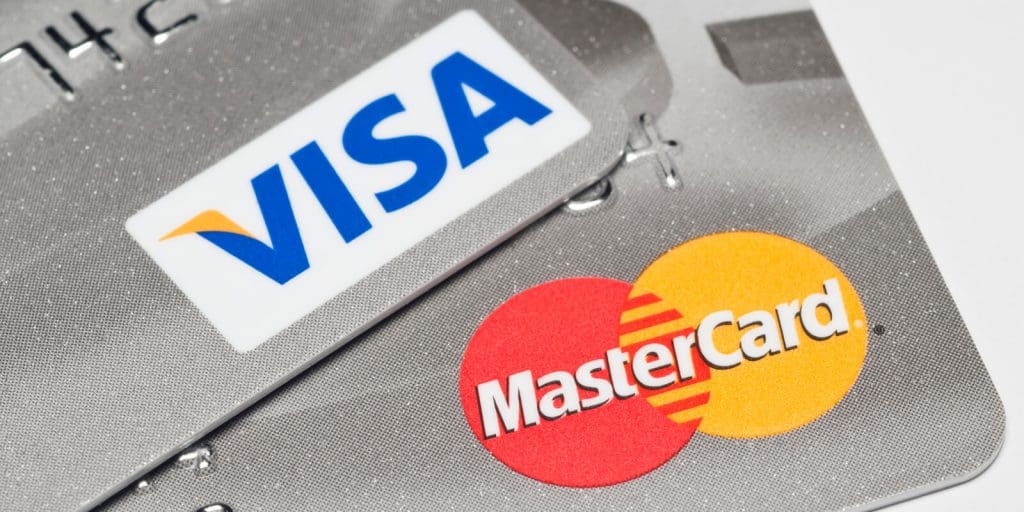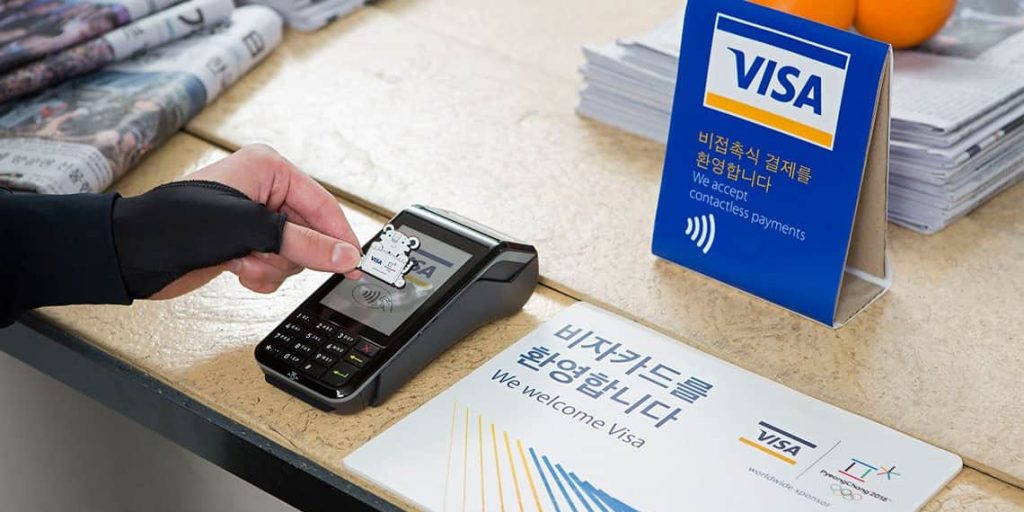Studies have long supported that students who advance further in high school math have higher wages and are more likely to be unemployed.
But of all the classes student are required to take, math proves the most difficult because students may question the relevance of using it in “real life” situations.
While it may be true that some of the more abstract mathematical concepts rarely come into play, the fundamental skills developed in school often resurface in real-world and work-related problems years down the road.
The problem is that the majority of American students never get the opportunity to learn the financial math skills that prepare to successfully manage money. And that's where teaching personal finance comes into play.
Yet sadly, only 17 states require high schools to provide a financial education course, according to the Council for Economic Education. And only 6% of high school graduates are ready to make financial choices — like how much money to borrow for college or what credit cards to open.
That needs to change.
Here's the case for teaching personal finance to high school students:
The opportunity cost of our money choices
From budgeting to comparing credit card offers and evaluating purchases, we’re constantly making choices with our money. Yet, nearly two thirds of Americans can’t calculate interest payments correctly.
Schools teach mathematical theory and how to crunch numbers, yet they neglect teaching personal finance. Young adults are getting students loans and credit cards before they know how to properly manage money or pay down their debt.
“We as a nation do a great job of producing doctors, teachers, engineers and mechanics, but we don’t prepare them for what to do with that first paycheck,” says Gene Natali, author of The Missing Semester.
Natali teaches at the University of Pittsburgh and at several high schools around the Pittsburgh region. She says that students and young folks want to make good financial decisions, and they see the opportunity to learn about money at a young age, but just aren’t sure how to get started.
“When I first started teaching, I used scare tactics about student loan and credit card debt, and I quickly realized that scaring students isn’t the way to get them interested in good money management and habits. Instead, I reversed course and started talking about the opportunity of money.”
Natali uses the example of a high school student with a summer job who opens a Roth IRA, putting in $1,000 of her hard-earned money each year until she retires at age 70. “When I show students the money they can grow from just an initial deposit into a Roth IRA, their mouths drop to the floor and suddenly their interest is peaked."
Natali says the lesson we need to teach is not telling kids what they need to learn, but rather, showing them what they’re missing if they don’t save early and often.
Spending today brings immediate benefits or gratification. The opportunity cost is that you will have less money to buy goods and services in the future. Saving builds wealth to buy goods and services such as a car, house or vacation.
Financial lessons “just in-time” at home and in school
Ideally, personal finance concepts should be taught in elementary, middle and high school, and then continue into college.
Schools can use financial math to teach students decision-making skills for the real world. That means bringing concepts such as budgeting, building credit, purchasing a car and other real life events directly to the student.
Some states are starting to get behind that concept. In fact, several states are proposing bills that would allow students the option to take a course in personal financial literacy and have it count as a credit toward graduation requirements.
This idea of "just-in-time" financial education, where students learn about a very specific topic just before they do it, is supported by many financial advisors.
For example, a lesson about student loans in high school would be in line with the financial decisions they'll make if they have to pay for college or trade school.
Natali supports the idea of teaching personal finance to students and the main financial issues that will impact them most, including students loans, credit cards and the wonder of compound interest.
“When I’m lecturing at the University level and I ask students whether they have a fixed or floating student loan, they just stare at me with blank expressions,” says Natali. “It’s almost criminal that learning institutions are allowing kids to take out hundreds of thousands of dollars without them understanding the consequences.”
The number of financial decisions an individual must make continues to increase, and the variety and complexity of financial products continues to grow.
“We’re battling forces that we can’t fight unless we point to the opportunity to learn how to set ourselves up for success,” says Natali. “Every young person can control their financial future independent of their background.”









